2018-12-26
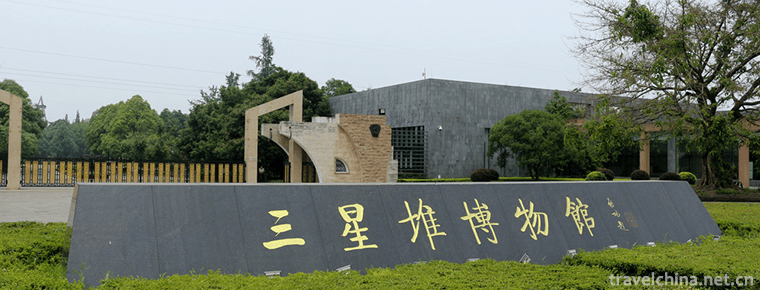
- By ChinaWiki.net
- Chinese Edition
- 2018-12-18
The Sanxingdui Museum was founded in August 1992 and opened in October 1997. It is located in the northeast corner of Sanxingdui Site, a national key cultural relic protection unit. It is situated on the West Yazi River of Guangzhou Seoul, 40 kilometers south of Chengdu and 26 kilometers north of Deyang. It is a modern thematic Heritage Museum in China. The Sanxingdui Museum has two pavilions with an exhibition area of nearly 12,000 square meters.
The first batch of national practical education bases for primary and secondary school students.
Development history
In April 1988, the Sanxingdui Museum Preparatory Office was established.
In March 1989, the main architectural design scheme of Sanxingdui Museum was approved.
In August 1992, the foundation of the Samsung Museum was laid.
In July 1994, the main Museum of Sanxingdui Museum was completed.
In June 1995, the formal design scheme of Sanxingdui Museum "Exhibition of Ancient Shu Culture in Ancient City" was approved.
In August 1996, the interior decoration and exhibition of Sanxingdui Museum, the construction of external gardens and ancillary buildings were fully carried out.
In October 1997, the Sanxingdui Museum was built and opened to show all the cultural relics of Sanxingdui.
In July 2008, the bronze Museum exhibition renovation project of Sanxingdui Museum was completed.
Important activities
On January 20, 2014, the online ceremony of Baidu Encyclopedia Sanxingdui Digital Museum was held in the Academic Presentation Hall of Sanxingdui Museum. More than 200 guests including Museum representatives, media representatives and experience tourists in Sichuan Province witnessed the official launch of Baidu Encyclopedia Sanxingdui Digital Museum.
On September 13, 2015, the Second Forum on the Protection of China-Africa Cultural Heritage was held in Chengdu. On September 14, African delegates visited the Sanxingdui Museum.
historical significance
The establishment of Sanxingdui Museum has brought people a new understanding of Bashu culture and changed the view of historians. That is to say, compared with the Central Plains area, the ancient Bashu area is a relatively closed place with little or no contact with the Central Plains civilization. The Sanxingdui Museum and its ruins prove that it should be an important cultural center around the Xia and Shang Dynasties, even earlier, and has a certain connection with the Central Plains culture, which verifies the authenticity of ancient Shu recorded in ancient documents. Previously, historians believed that the birthplace of the Chinese nation was the Yellow River Basin, and then gradually spread to the whole of China. The discovery of Sanxingdui pushed the history of ancient Shu to 5000 years ago, proving that the Yangtze River Basin was the birthplace of the Chinese nation as well as the Yellow River Basin, proving that the Yangtze River Basin had an ancient civilization no less than that of the Yellow River Basin. It shows the Yi culture of the ancient Qiang people.
Honor record
Sanxingdui
Museum has been one of the five major tourist attractions launched by Sichuan
Province, one of the first national AAAA-level tourist attractions, one of the
"50 most worthy places for foreigners to visit in China", the
National Youth Science and technology education base, the first museum in the
world to pass the sustainable development standard of "Green Globe
21" tourism and the certification of ISO 9001:2000 quality management
system standard, etc. Number.
Visiting information
Ticket information
Museum tickets: 80 yuan / sheet; 82 yuan / sheet (including postage).
(1) Active servicemen: 65 yuan per sheet (tickets purchased with my officer's certificate or soldier's certificate).
(2) Reporters: 65 yuan per sheet (tickets are purchased on the basis of the press card issued by the Press and Publication Administration or the General Administration of Radio, Television and Television).
(3) Students: 42 yuan per sheet (excluding adult education, private education, graduate students and above, only full-time students, with my student card to buy tickets).
(4) Old people aged 60 to 74: 42 yuan per ticket (with my ID card).
Old people aged 75 or above: ticket-free (with my ID card).
1.2 meters (including) the following children: ticket-free.
Retired cadres: No tickets (with my retirement certificate).
Disabled Army Personnel: Free of tickets (with my military disability certificate).
Disabled person: ticket free (with my disability certificate).
Opening Hours
Ticket Sales and Exhibition Hall Opening Time
Ticket selling time: 8:30-17:00
Opening time of exhibition hall: first exhibition hall 8:30-18:00, second exhibition hall 8:30-18:30
Traffic information
Sanxingdui Scenic Spot has convenient transportation, 108 National Highway, Chengdu-Mianyang Expressway and Baocheng Railway are all accessible. It's only 20 minutes'drive from Chengdu Zhaojuesi Station to Guanghan City, and it can go directly to Sanxingdui by No. 6 bus in Guanghan City.
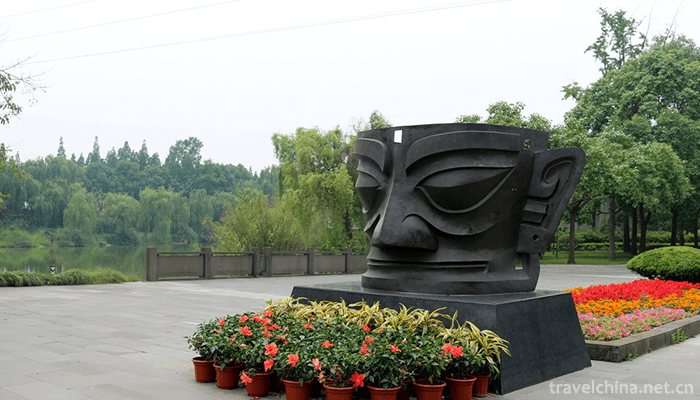
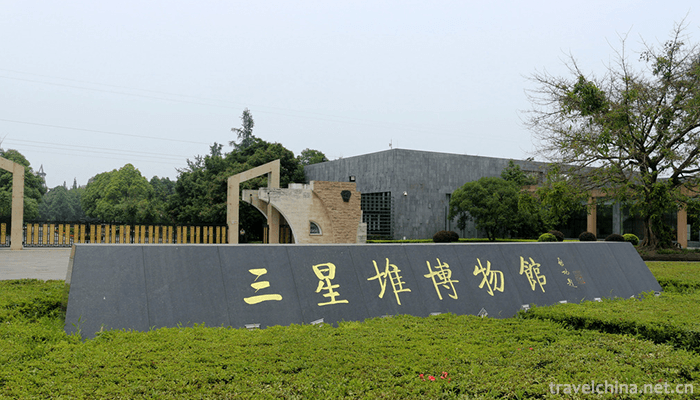
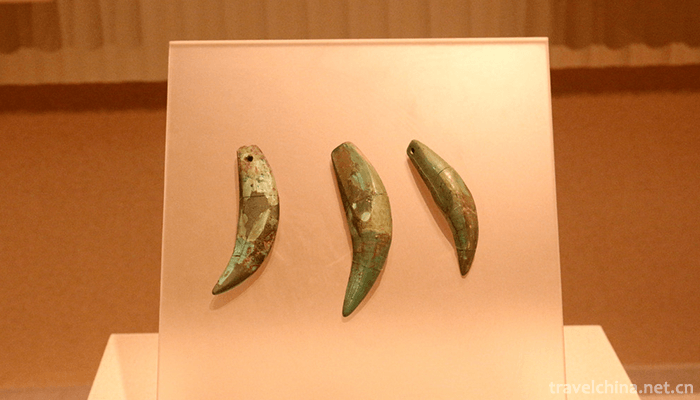
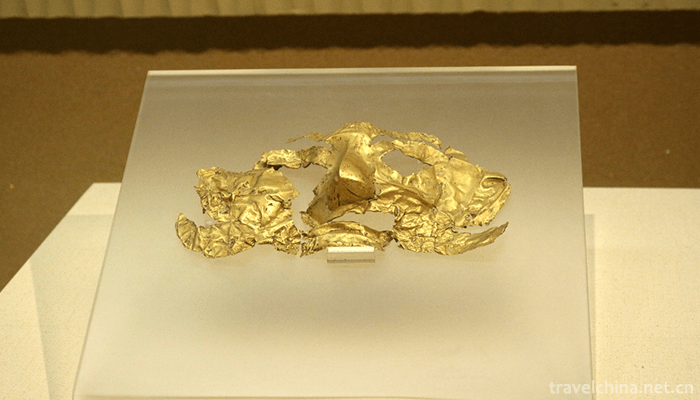
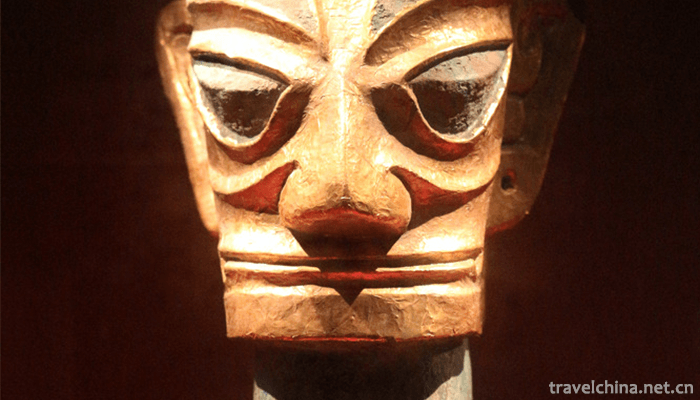
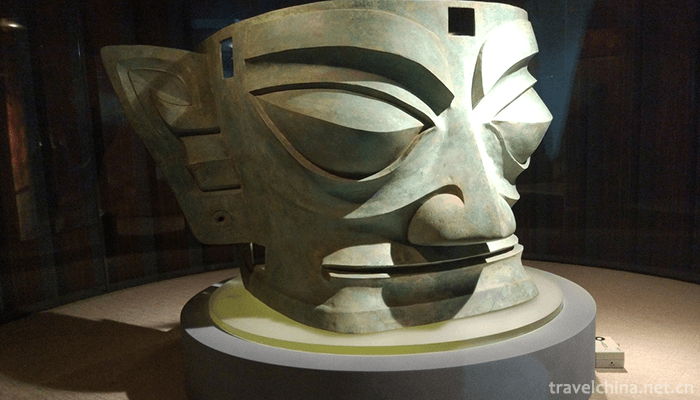
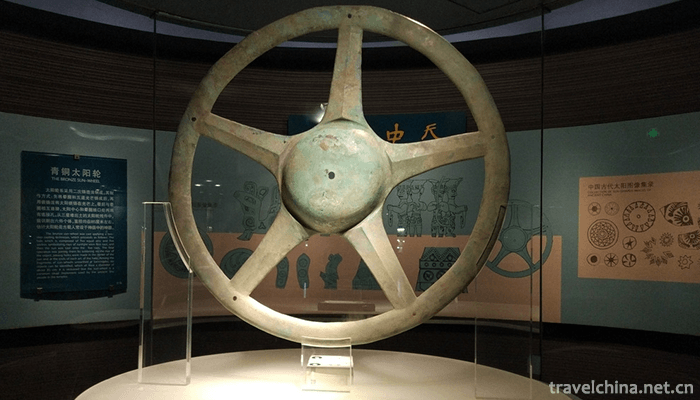

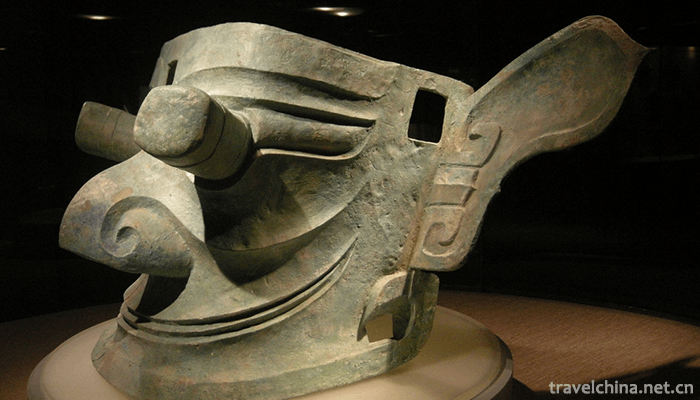
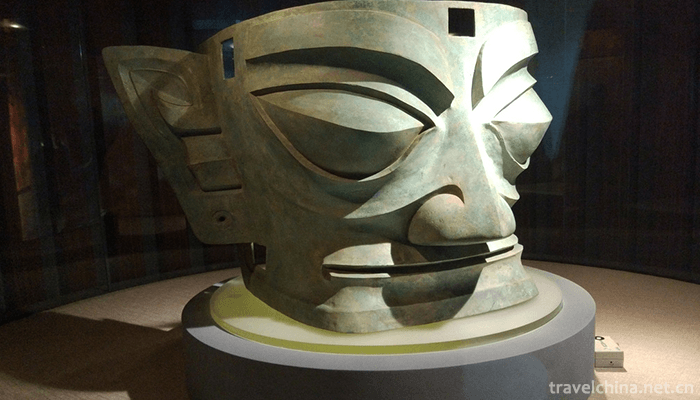
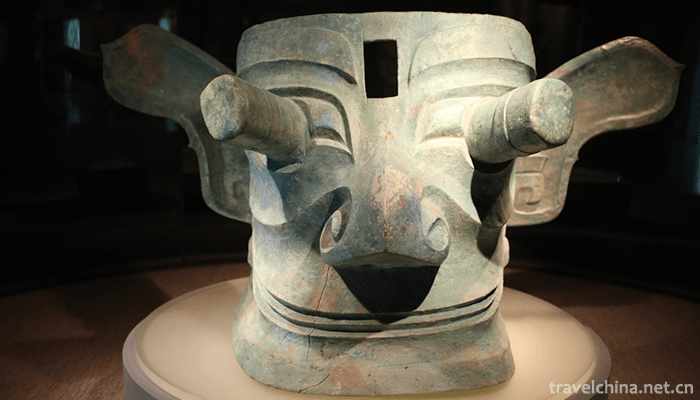
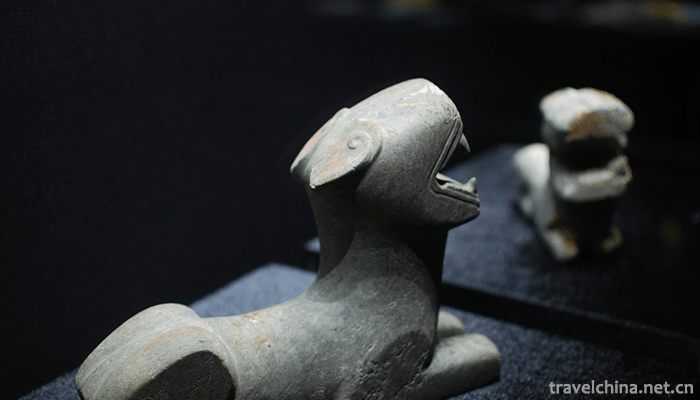
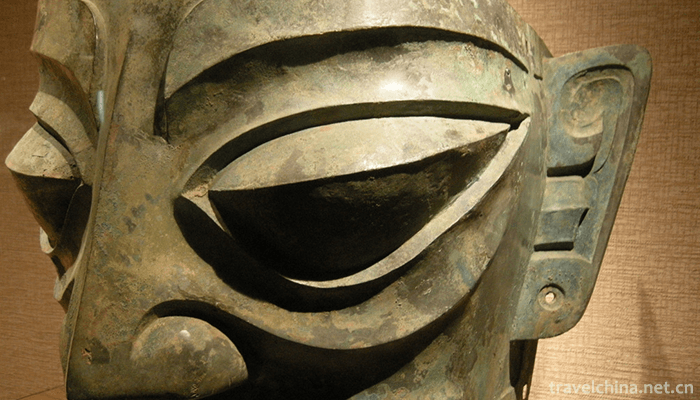
Ask a Question
Your email address will not be published.
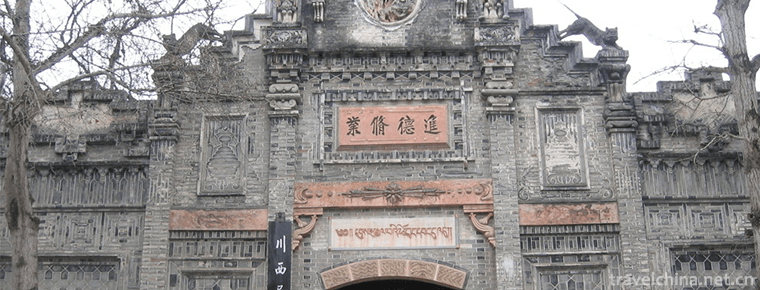
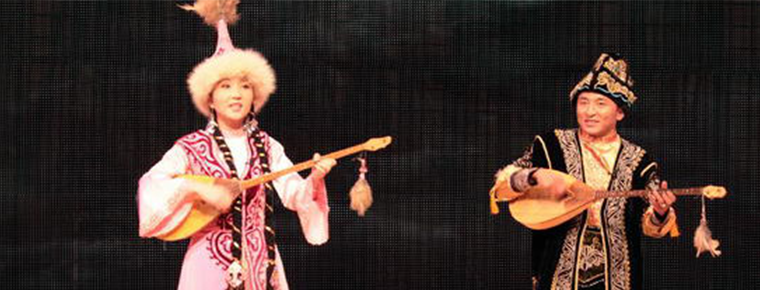
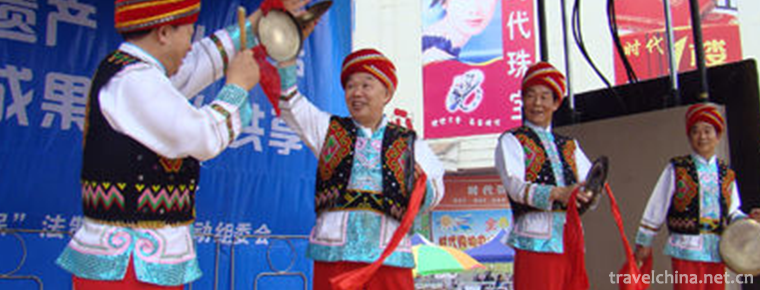
0 Questions